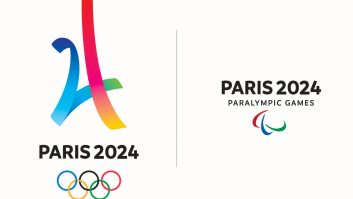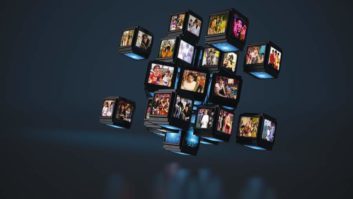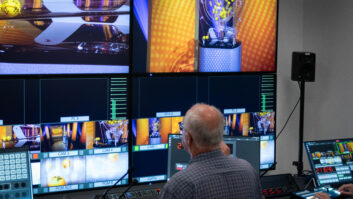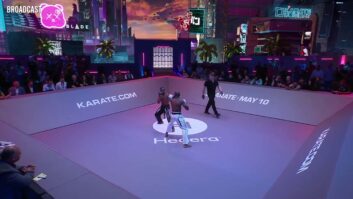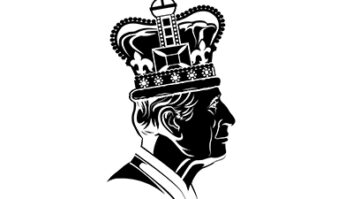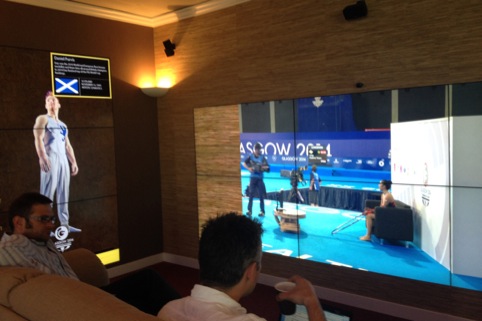
The future TV landscape, and in particular Ultra HD on large screens of 55-85 inches or more, is opening up a wealth of opportunities for user interface and applications development, as operators rethink the user experience.
Operators are turning their attention to how to use the additional real estate, and how to organise the content. How can the consumer navigate and find what to watch? How do apps fit into the overall user experience? What new capabilities can be created thanks to the screen’s sheer size?
Aside from splitting the screen into 4x1080p screens for simultaneous match screening or mosaics of VoD content, there is a further opportunity to carve out some areas of the screen to exist as a viewing portal that displays the activity of Smart Home and Internet of Things (IoT) devices. Allseen, Open Internet Consortium and Thread Group consortia are trying to achieve solutions that allow the TV, set-top box or gateway driving the TV screen to play an active role in the IoT. One example is Caller ID on the TV, and other uses could be security cameras in parallel to TV viewing or a live feed from a child’s Smart Glasses.
“Monetising this capability and who offers the service is the key point,” said Charles Cheevers, CTO, Arris. “Certainly an operator could offer a service to support this on their gateway and set top box solutions connected to the TV – and it’s an area where we believe there is merit to explore.”
“There are very meaningful services and enhanced UEXs that are feasible with the additional real estate offered by UHD,” agreed Cisco, CTO, Ken Morse. “As consumers become more comfortable, and in many cases demanding, of a more connected life these services will be integrated into the UX not only on UHD but across all consumer-relevant devices.”
At IBC Cisco is showing its vision of how, as Ultra HD moves into the home, there is an opportunity for service providers to exploit super-sized screens by hooking not only video, voice and data but smart home controls and user-wearable devices into a wider personalised network.
Supposing a typical ‘day in the life’ of two primary school students coming home from school, Cisco will show how the multitude of connections in their lives, and their family’s life can improve their experiences.
“As seen previously with internet and DVRs, when a new service is integrated with an existing service adoption sky rockets,” said Cisco. “Having the ability to integrate home management, home monitoring, personal health, and a multitude of other services into their existing offering, service providers have a lot to gain providing an integrated Connected Life offering.”
This vision highlights emerging new features based on wearables, direct gesture control, and direct manipulation and inference of presence using micro-location technologies.
Nagra meanwhile has created a prototype UI for 4K TV dubbed Gravity Ultra, which premiered last September, and will show new iterations to it at this IBC.
“The UHD UI and UEX is not just about rescaling HD and tidying up tired old SD or HD interfaces, EPGs and pop ups,” said Alex Fishman, Nagra’s director of User Experience. “It is about looking at the UHD screen real estate, the resolution and big-screen format in a different way, in order to create a complementary and visually stunning ‘wow factor’ that goes beyond UHD video.”
Photo: Cisco’s Future of Video could look this. The recent experiment in Ultra HD home experience produced by the BBC from the Commonwealth Games using Cisco routing and Cisco’s Fresco user interface.

